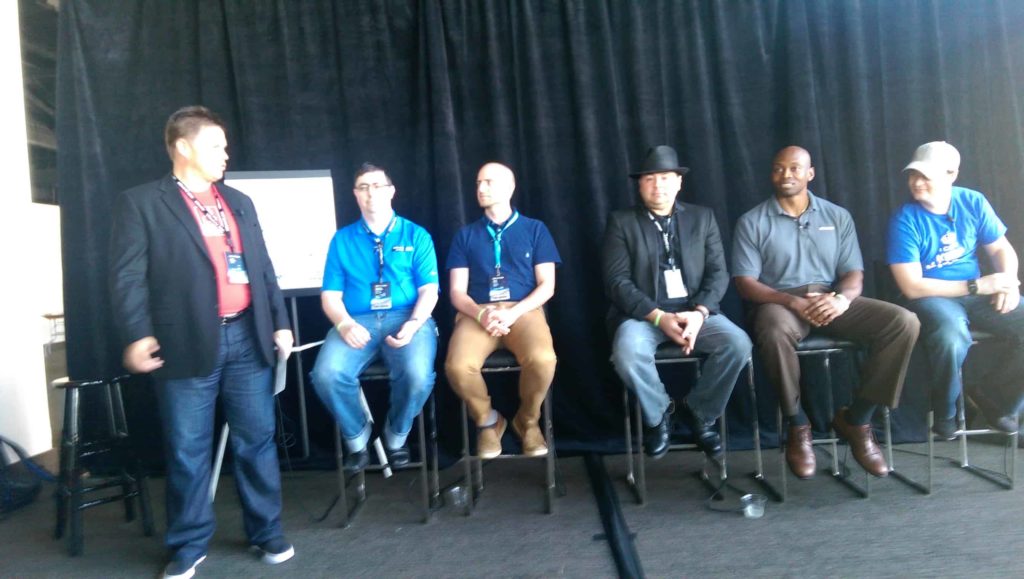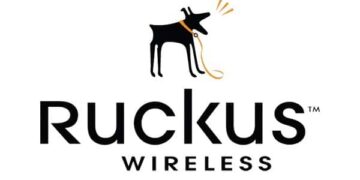
Panel: Wade Holmes (VMware), Michael Webster (Nutanix), Matt Vogt (Simplivity), Matt Cowger (EMC), Keith Norbie, J Metz
1. What are vVols? Storage policy management vision allows you to manage storage policies at the VM level (replication, dedupe, etc.)
2. Panel agrees that LUNs suck. Wade says that with LUNs the VM admin is normally disconnected from the storage admin, and the VMware admin can define policies and have complete visibility into the storage layer. Matt says VMware’s implementation of LUNs “sucks”, and the limit of 256 devices is very limiting and hard to manage. Wade says vVols is the way to eliminate the LUN limitations.
3. Audience asks if the array needs to support vVols and who supports it. NetApp, HP, Dell and EMC have all said they will support it. May not be across all arrays from these vendors. Ask questions of your vendor like how many vVol objects it will support, or what features it will support (inline dedupe, replication, etc.)
4. Audience asks what happens in the array with a vVol. The array vendor can implement vVols any way they want, like creating a LUNs on the back end or doing some file system magic. Even within a company, EMC said their implementations are different with different products. VNX implementation is very different from that in ExtremeIO and VMAX. Some vendors will have vVol demos in their VMware booths.
5. It is not known how vVols will be packaged (vSphere add-on, specific licensing levels, part of VSAN, etc.). Stay tuned for official announcements.
6. With vVols the storage admin will still need to instantiate a container for the VM, but then the VM admin will provision VMDKs on the new datastore.
7. There’s a hands-on-lab at VMworld for vVols if you are attending this week.
8. Audience stated they hate VMware snapshots with VADP. Wade states the snapshot integration is vendor dependent, so the answer about integration is ‘it depends’.
9. Next topic up is Hyperconverged storage. The number of workloads that can run on hypercovered storage is rapidly expanding. Matt states hyperconverged will not reach the high end workloads like databases on superdomes. Michael and Matt agree and hug on stage about mainframe and superdome workloads not going the hyperconverged route.
10. Audience states that old apps will likely stay on old platforms, and Fibre Channel will remain in the datacenter. New web-scale apps will take more advantage of these hyperconverged platforms like VSAN and Nutanix.
11. Michael states that flash should be in every system. Flash will enable storage systems to keep up with Moore’s law, while spinning disk cannot.
12. Flash could cause bottlenecks in the system, it just shifts the position of the bottleneck in the system.
13. Matt states that the performance of flash has not changed dramatically since it was introduced. New technology like phase change are needed to increase flash speeds.
14. Watch out for NVME coming next year, with massive performance increase for storage.





